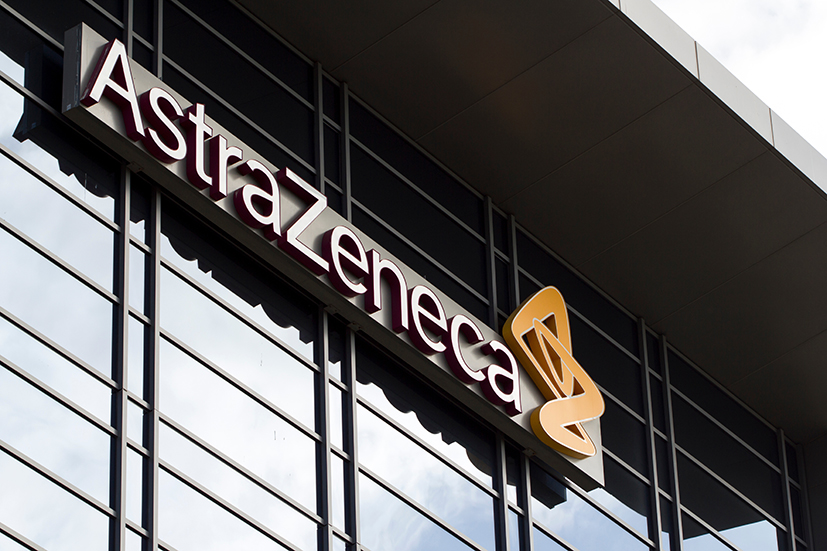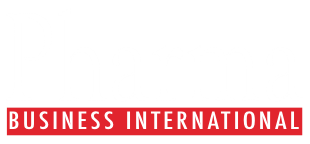AstraZeneca’s Tagrisso (osimertinib) with the addition of pemetrexed and platinum-based chemotherapy has been approved in China for the 1st-line treatment of adult patients with locally advanced or metastatic epidermal growth factor receptor-mutated (EGFRm) non-small cell lung cancer (NSCLC) whose tumours have exon 19 deletions or exon 21 (L858R) mutations.
The approval by China’s National Medical Products Administration (NMPA) was based on the results from the FLAURA2 Phase III trial published in The New England Journal of Medicine, and results from a prespecified exploratory subgroup analysis of efficacy and safety in Chinese patients, which was presented at the European Society for Medical Oncology (ESMO) Asia Congress 2023.
In the overall trial population, Tagrisso with the addition of chemotherapy reduced the risk of disease progression or death by 38% by investigator assessment compared to Tagrisso monotherapy, which is the 1st-line global standard of care (hazard ratio [HR] 0.62; 95% confidence interval [CI] 0.49-0.79; p<0.0001). Median progression-free survival (PFS) was 25.5 months for patients treated with Tagrisso plus chemotherapy, an 8.8-month improvement versus Tagrisso monotherapy (16.7 months).
PFS results by blinded independent central review (BICR) in the overall trial population were consistent with results by investigator assessment, showing 29.4 months median PFS with Tagrisso plus chemotherapy, a 9.5-month improvement over Tagrisso monotherapy (19.9 months) (HR 0.62; 95% CI 0.48-0.80; p=0.0002).
While the overall survival (OS) remained immature at the second interim analysis (41% maturity), an encouraging trend towards an OS benefit was observed with Tagrisso plus chemotherapy versus Tagrisso alone (HR 0.75; 95% CI 0.57-0.97). The trial continues to assess OS as a key secondary endpoint.
Efficacy results from the China cohort of FLAURA2 were broadly consistent with the overall trial. By investigator assessment, Tagrisso with the addition of chemotherapy reduced the risk of disease progression or death by 44% compared to Tagrisso monotherapy (HR 0.56; 95% CI 0.34-0.92). Median PFS was 27.4 months for patients treated with Tagrisso plus chemotherapy, a 5.1-month improvement versus Tagrisso monotherapy (22.3 months).
PFS results in the China cohort by BICR were consistent with the results by investigator assessment, showing 33.2 months median PFS with Tagrisso plus chemotherapy, an 11.2-month improvement over Tagrisso monotherapy (22.0 months) (HR 0.58; 95% CI 0.34-1.01).
A trend towards an OS benefit was also observed in the China cohort for Tagrisso plus chemotherapy versus Tagrisso alone (HR 0.97; 95% CI 0.45-2.06).
Each year in China, there are over one million people diagnosed with lung cancer, accounting for more than a third of the world’s lung cancer patients. Among those with NSCLC, the most common form of lung cancer, approximately 40% of patients in China have tumours with an EGFR mutation. Additionally, the majority of patients with NSCLC are diagnosed with advanced disease.
Professor Ying Cheng, MD, Director of Jilin Lung Cancer Diagnosis and Treatment Centre, and principal investigator in China said: “The approval of osimertinib with the addition of chemotherapy in China is critical for the treatment of the largest population of patients with EGFR-mutated lung cancer worldwide. These patients will now have a choice of two highly effective osimertinib-based options for 1st-line treatment, allowing physicians to tailor their approach to their patients. This is especially important for those with a poorer prognosis, such as cancer that has spread to the brain or those who have L858R mutations.”
Dave Fredrickson, Executive Vice President, Oncology Business Unit, AstraZeneca, said: “Tagrisso with the addition of chemotherapy in FLAURA2 has not only shown unprecedented progression-free survival in the overall trial population, but also among Chinese patients, reducing the risk of disease progression by nearly half. This approval reinforces Tagrisso as a backbone therapy in EGFR-mutated lung cancer and acknowledges its important role, as monotherapy or with chemotherapy, in addressing the high prevalence of this disease in Asian countries and China, specifically.”
The safety profile of Tagrisso with the addition of chemotherapy was generally manageable and consistent with the established profiles of the individual medicines. Adverse event (AE) rates were higher in the Tagrisso plus chemotherapy arm, driven by well-characterised chemotherapy-related AEs. Discontinuation rates of Tagrisso due to AEs were 11% for Tagrisso plus chemotherapy and 6% for monotherapy.
Tagrisso is approved as monotherapy in more than 100 countries including in the US, EU, China and Japan. Approved indications include for 1st-line treatment of patients with locally advanced or metastatic EGFRm NSCLC, locally advanced or metastatic EGFR T790M mutation-positive NSCLC, and adjuvant treatment of early-stage EGFRm NSCLC. In addition to this new approval in China, Tagrisso with the addition of chemotherapy is also approved in the US and several other countries for 1st-line treatment of patients with locally advanced or metastatic EGFRm NSCLC.


